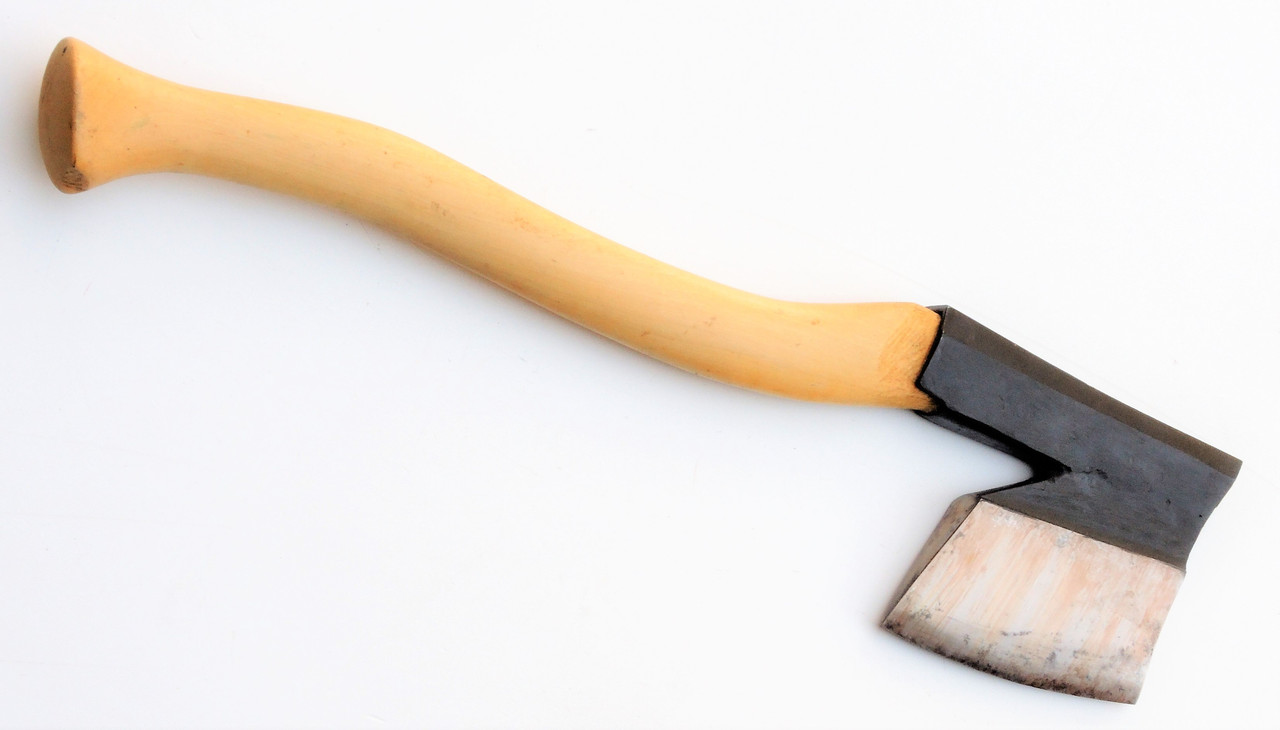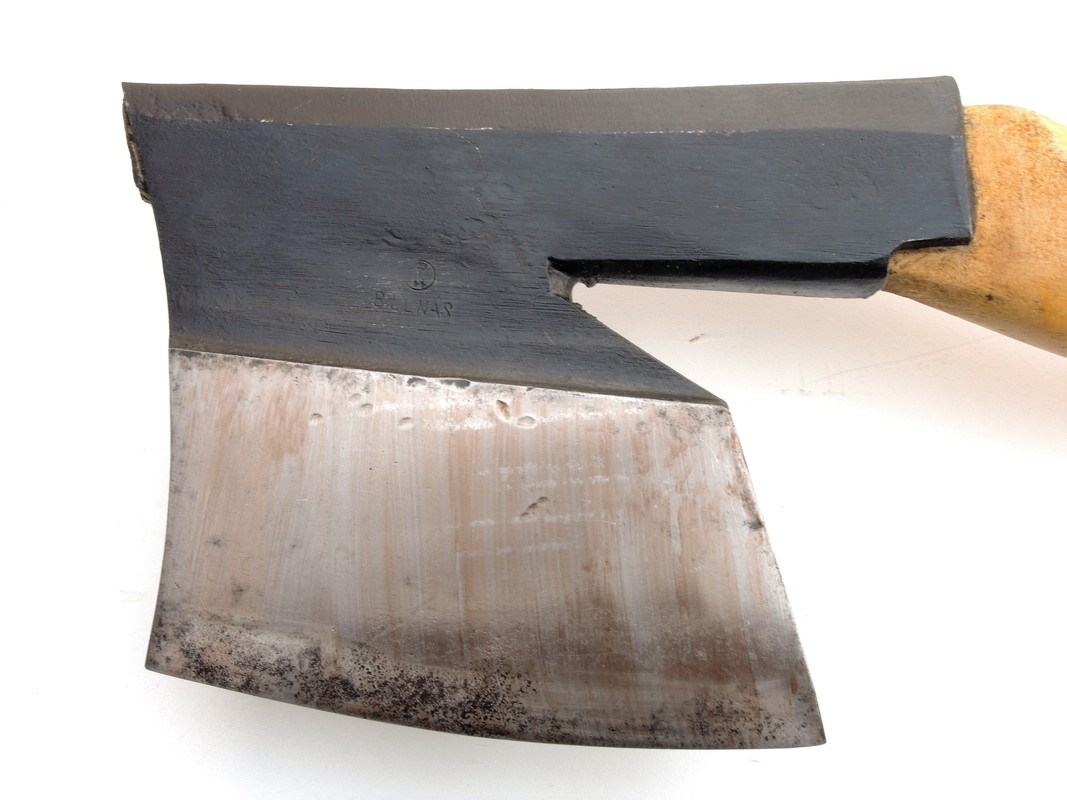Some followup photos, I hewed three logs as planned. This was the last one:
Every log was faster to hew than the one before it. I was starting to get the proper swing and aiming accuracy more and more. Eventually I started getting the proper hewing pattern (not the piilu pattern however, to achieve that I need another axe with a different grind ideally) with a relatively smooth surface and diagonal cut lines running along the hewn face. Part of the trick was to, as I swung the axe downwards, to pull it towards me as well to create a slicing motion.
I've seen this pattern a lot, more than I see the piilu scallopping, but I did find examples of that here and there during this summer when I was in Kristinestad, which is a city with lots of old houses.
It also got a lot easier physically speaking, as your skill improves you stop tensing and stop using your muscles to guide your swing, which is very tiring, when your skill level improves you throw the axe knowing it will hit where you intend to (8 out of 10 for me at the moment) then you remain more relaxed and become much less fatiqued.
This is how to move a log easily, put this dolly near the middle and you can easily wheel it to whereever you want it
I used a pair of strap winches to get the beams in place, all the beams are now in place
And using my small billnäs axe, suitable for fitting the rafters where they stood proud, in the picture I had the opposite issue though:















